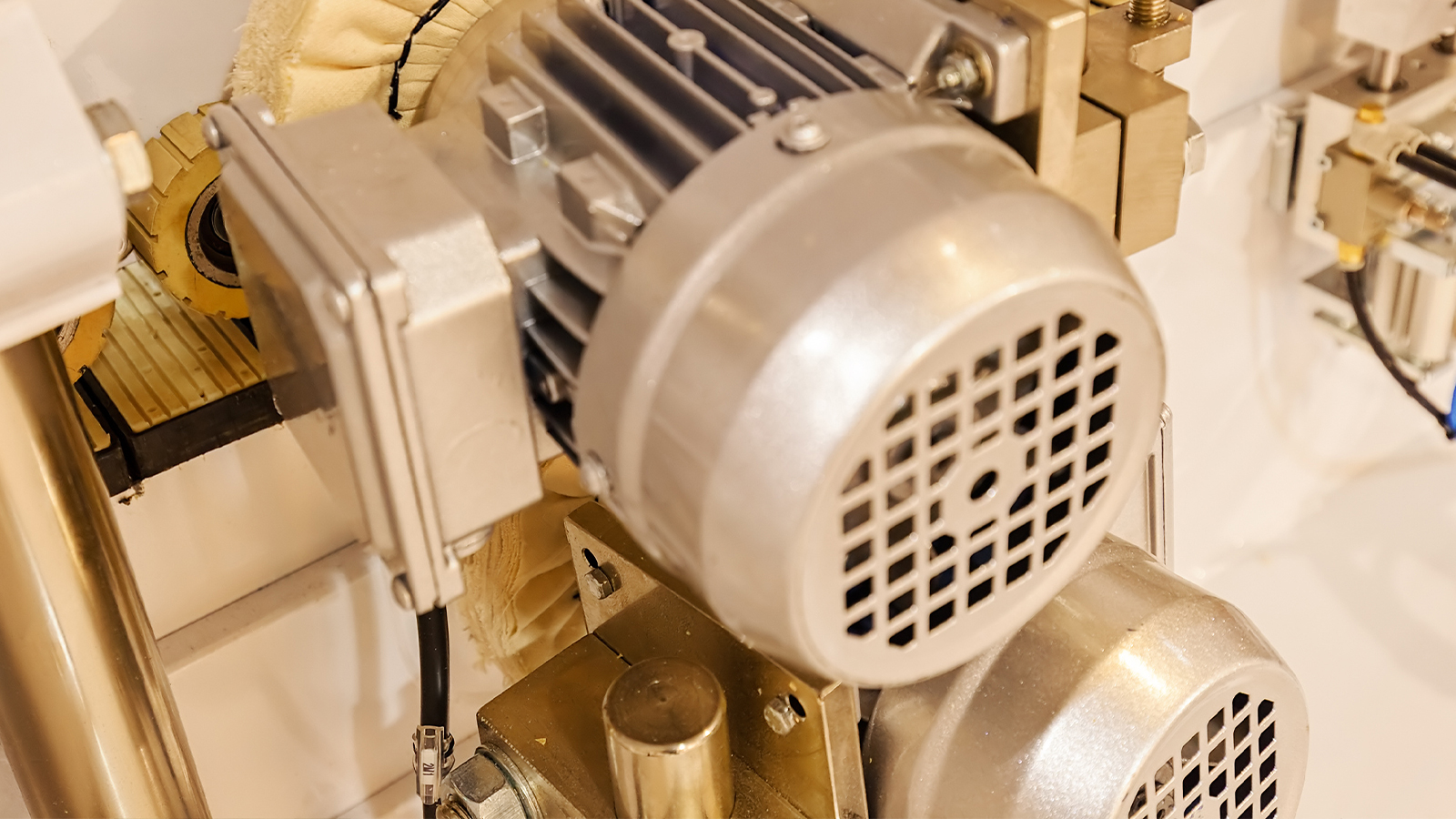The wind turbine nacelle cover covers the equipment and electrical components inside the wind turbine, so that the wind turbine can work normally in a harsh meteorological environment, and protect the internal equipment and personnel from external environmental factors such as wind, snow, rain, salt spray, and ultraviolet radiation. Because the cabin cover and hubcap have been subjected to the attack of nature and the external environment for a long time, the requirements for their strength and stiffness are relatively high, and they should have weather resistance, corrosion resistance, temperature resistance, aging resistance, fatigue resistance, and ultraviolet radiation resistance. Considering the load bearing of the entire wind turbine, the cabin cover requires light weight, high strength and large carrying capacity. At present, it is mainly made of composite materials such as glass fiber and resin, and a small part of the cabin cover is made of metal materials.
The nacelle cover is the shell of the wind turbine, which is made of composite materials, and the product production adopts a variety of processes, including: roll coating, lightweight RTM, vacuum perfusion, etc., and the United States imported gelcoat spray machine and resin roll coating machine to ensure the accurate ratio of raw materials and uniform coating. The main part of the hood is equipped with PVC foam interlayer to increase strength. The inner layer is provided with a muffler sponge to reduce the noise of the main engine.
The most common vacuum bag process used in the production of nacelle covers is: the gelcoat is sprayed on the die surface first. Then layer by layer cover glass fiber, release cloth, flow guide cloth, lay the leading and exporting spiral tube, cut the vacuum bag film into a size slightly larger than the shape of the mold and cover the mold. After that, the effect of the resin in the negative pressure gradually enters the fiber, so that the resin completely infiltrates the fiber, and finally the cure and release.



